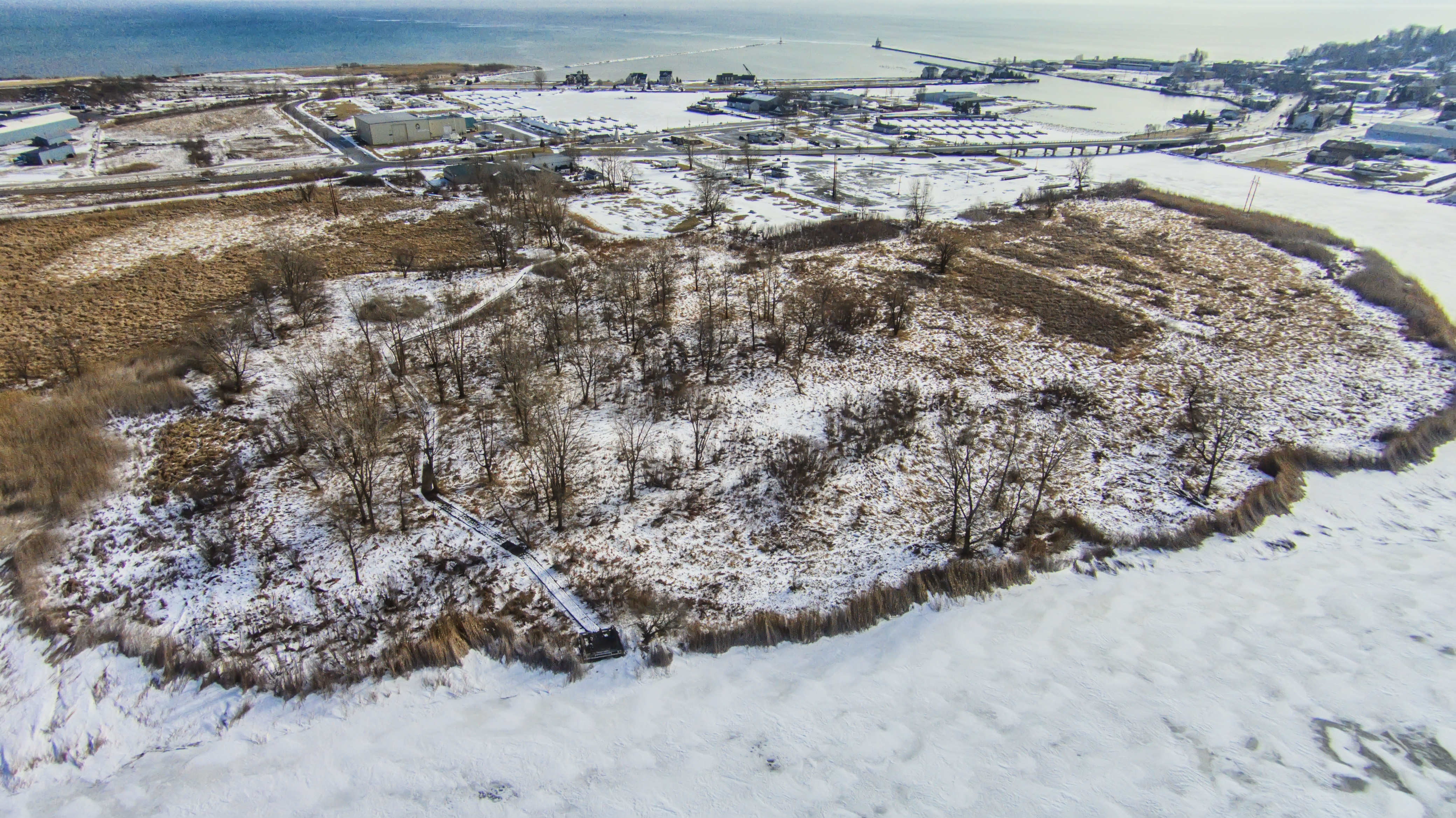|
Kewaunee Marshland Walk
The Kewaunee Marshland Walk is a wooden boardwalk through the Kewaunee River marsh. The boardwalk is 980 feet long. It was built in 1993 as a cooperative effort between the City of Kewaunee and the Wisconsin Coastal Management Program. References Hiking trails in Wisconsin Tourist attractions in Kewaunee County, Wisconsin {{Wisconsin-stub ... [...More Info...] [...Related Items...] OR: [Wikipedia] [Google] [Baidu] |
Kewaunee Marshland Walk
The Kewaunee Marshland Walk is a wooden boardwalk through the Kewaunee River marsh. The boardwalk is 980 feet long. It was built in 1993 as a cooperative effort between the City of Kewaunee and the Wisconsin Coastal Management Program. References Hiking trails in Wisconsin Tourist attractions in Kewaunee County, Wisconsin {{Wisconsin-stub ... [...More Info...] [...Related Items...] OR: [Wikipedia] [Google] [Baidu] |
Boardwalk
A boardwalk (alternatively board walk, boarded path, or promenade) is an elevated footpath, walkway, or causeway built with wooden planks that enables pedestrians to cross wet, fragile, or marshy land. They are also in effect a low type of bridge. Such timber trackways have existed since at least Neolithic times. Some wooden boardwalks have had sections replaced by concrete and even "a type of recycled plastic that looks like wood." History An early example is the Sweet Track that Neolithic people built in the Somerset levels, England, around 6000 years ago. This track consisted mainly of planks of oak laid end-to-end, supported by crossed pegs of ash, oak, and lime, driven into the underlying peat. The Wittmoor bog trackway is the name given to each of two prehistoric plank roads, or boardwalks, trackway No. I being discovered in 1898 and trackway No. II in 1904 in the ''Wittmoor'' bog in northern Hamburg, Germany. The trackways date to the 4th and 7th century AD, both linked ... [...More Info...] [...Related Items...] OR: [Wikipedia] [Google] [Baidu] |
Kewaunee River
The Kewaunee River is a U.S. Geological Survey. National Hydrography Dataset high-resolution flowline dataThe National Map , accessed December 19, 2011 river in the U.S. state of Wisconsin. It begins near Frog Station, Wisconsin, Frog Station in northwest Kewaunee County, Wisconsin, Kewaunee County and flows southeast to empty into Lake Michigan at the city of Kewaunee, Wisconsin, Kewaunee. On a yearly basis, the Wisconsin Department of Natural Resources stocks approximately 72,000 Chinook salmon, 132,000 coho salmon, 102,000 steelhead and 54,000 brown trout into the Kewaunee River, hoping to imprint them to the river so that when they mature they return to it and will be captured for egg collection. [...More Info...] [...Related Items...] OR: [Wikipedia] [Google] [Baidu] |
Kewaunee
Kewaunee is a city in Kewaunee County, Wisconsin, United States. The population was 2,837 at the 2020 census. Located on the northwestern shore of Lake Michigan, the city is the county seat of Kewaunee County. Its Menominee name is ''Kewāneh'', an archaic name for a species of duck. Kewaunee is part of the Green Bay Metropolitan Statistical Area. History Kewaunee was the site of a Potawatomi village at the time of European contact in the seventeenth century. French Jesuit missionary Jacques Marquette celebrated All Saints Day at the Potawatomi village in 1674. Later, French explorer René-Robert Cavelier, Sieur de La Salle visited the village in 1679, and Canadian Jesuit Jean-François Buisson de Saint-Cosme stopped in September 1698. The Potawatomis moved south and east along Lake Michigan in the eighteenth century, and the area was reclaimed by Menominee people. Trader Jacques Vieau established a short lived trading post for the North West Company in the area of Kewaunee in 1 ... [...More Info...] [...Related Items...] OR: [Wikipedia] [Google] [Baidu] |
Coastal Zone Management Act
The Coastal Zone Management Act of 1972 (CZMA; , , Chapter 33) is an Act of Congress passed in 1972 to encourage coastal states to develop and implement coastal zone management plans (CZMPs). This act was established as a United States National policy to preserve, protect, develop, and where possible, restore or enhance, the resources of the Nation's coastal zone for this and succeeding generations. History The Coastal Zone Management Act (CZMA) of 1972 showed that the United States Congress “recognized the importance of meeting the challenge of continued growth in the coastal zone”. Under this act two national programs were created, the National Coastal Zone Management Program (CZMP) and the National Estuarine Research Reserve System. Out of 35 eligible states, only 34 have established management programs; Washington State was the first state to adopt the program in 1976. The Coastal Zone Management Program (CZMP), also called the National Coastal Zone Management Program, ... [...More Info...] [...Related Items...] OR: [Wikipedia] [Google] [Baidu] |
Hiking Trails In Wisconsin
Hiking is a long, vigorous walk, usually on trails or footpaths in the countryside. Walking for pleasure developed in Europe during the eighteenth century.AMATO, JOSEPH A. "Mind over Foot: Romantic Walking and Rambling." In ''On Foot: A History of Walking'', 101-24. NYU Press, 2004. Accessed March 1, 2021. http://www.jstor.org/stable/j.ctt9qg056.7. Religious pilgrimages have existed much longer but they involve walking long distances for a spiritual purpose associated with specific religions. "Hiking" is the preferred term in Canada and the United States; the term "walking" is used in these regions for shorter, particularly urban walks. In the United Kingdom and the Republic of Ireland, the word "walking" describes all forms of walking, whether it is a walk in the park or backpacking in the Alps. The word hiking is also often used in the UK, along with rambling , hillwalking, and fell walking (a term mostly used for hillwalking in northern England). The term bushwalking is ende ... [...More Info...] [...Related Items...] OR: [Wikipedia] [Google] [Baidu] |



